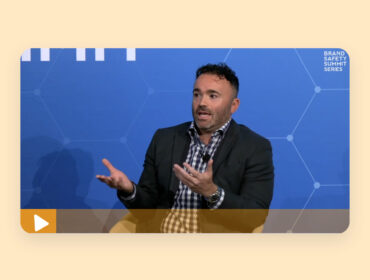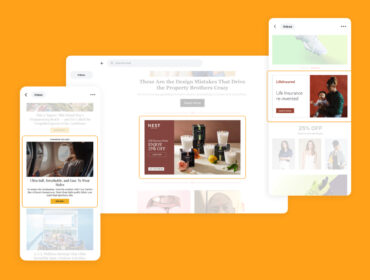Why performance marketing alone won’t grow your brand
Before 2020, direct-to-consumer (D2C) brands were booming, disrupting traditional retail markets with targeted, direct-to-consumer digital tactics. Unfortunately, some of the very same tactics that enabled D2C success are hindering scale and growth, namely performance marketing. If you’re a performance or growth marketer, you might think this is a wild claim. Keep reading — trust us.
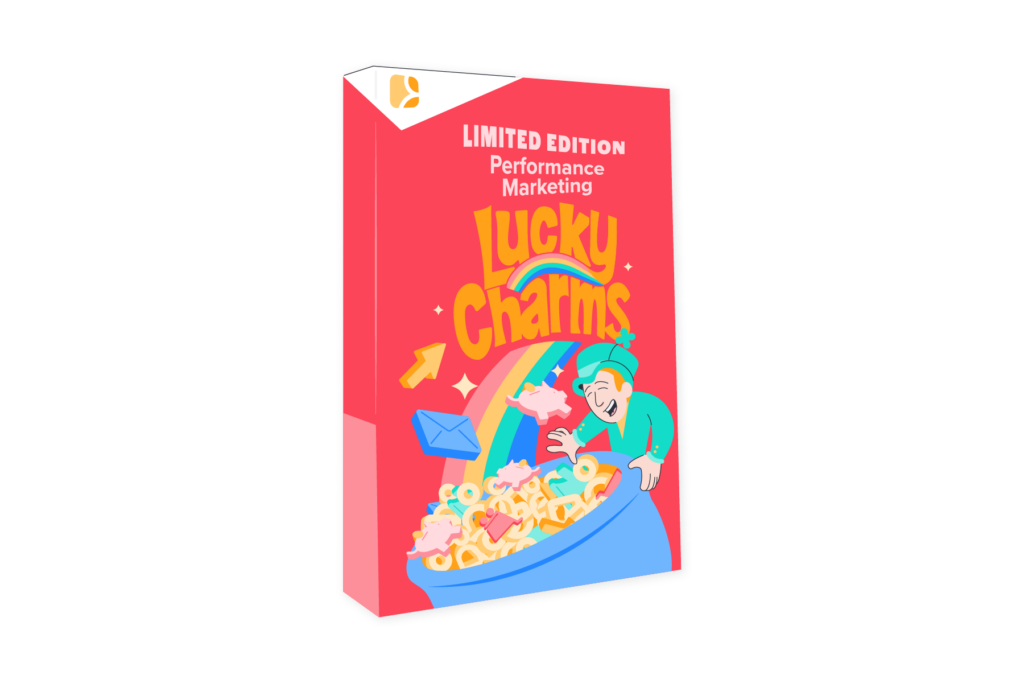
In this blog post, we’ll walk through:
- The good, the bad, and the ugly of performance marketing
- Why it’s a lot like eating the marshmallows out of a Lucky Charms box
- What you can do to help your business succeed
Let’s dive in.
The good
D2C brands typically have lean marketing teams with leaner budgets predominantly dedicated to rapid growth. Acquiring customers as quickly as possible is tantamount to business success, which is why performance marketing has been a preferred approach for many D2C marketers. Heck, performance marketing has probably made your business tons of money. And why wouldn’t it? It’s hyper-targeted, enabling you to reach people ready to buy now and optimize campaigns to focus on opportunities that help you meet your business goals. These characteristics make it easier for marketers to prove value and impact on the business.
Have you considered, however, how these same characteristics might be hurting your brand’s growth? Let’s take a closer look.
The bad
Imagine you pay five dollars to serve an ad, and a customer clicks on that ad and purchases your product, priced at $100. In this example, you’ve achieved a 1900% ROI. This approach enables you to drive substantial gains in the short term. However, what you’re not seeing is the long-term picture, like:
- How often a person was exposed to your brand before they even expressed intent
- The many other brands are also bidding for the same impression
- How competitive bidding becomes over time as you acquire more customers
- Inflation in customer acquisition costs (CAC) due to high competition
Speaking of customer acquisition, other unfavorable factors are at play aside from inflation, like channel saturation. Time for an analogy!
The ugly
Imagine you have a box of Lucky Charms cereal (the box is a marketing channel, and the cereal inside is the channel’s audience). The whole box is full of cereal, but you only want the sweet, tasty marshmallows (people ready to convert now) and not the toasted oats (everyone else). So, you sit on your sofa fishing out only the marshmallows (performance marketing). Great — you’ve eaten all the marshmallows! But also, boo! You’ve eaten all the marshmallows.
No mas marshmallows.
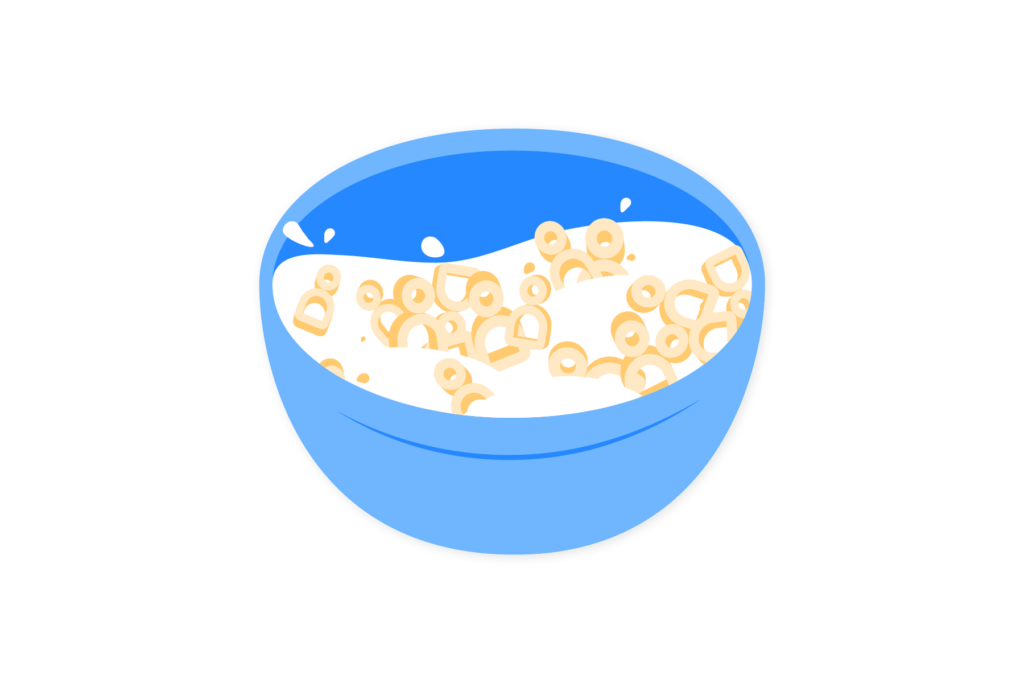
Performance marketing is great because it gives you results quickly via targeted advertising; you can reach only those who will provide you with the results you want within the channel you’re targeting. But what happens when you’ve acquired and converted all the people who indicated intent within that channel? You end up with a bunch of toasted oat cereal or channel saturation. This is when and why many D2C brands start to see a plateau in their growth.
The importance of marketing channel diversification & brand awareness
As we learned, performance marketing drives results in the short term but doesn’t address the long term. Furthermore, attention on a handful of channels won’t help you cast a wide enough net to drive long-term business. Instead, marketers can benefit from diversifying marketing channels and using brand awareness campaigns to fortify their brand and drive sustainable business growth. Let’s take a look.
How can marketing channel diversification help my D2C business?
Revisiting our cereal analogy: There are only so many marshmallows in one box of Lucky Charms. The same goes for your customers — you can only reach and convert so many customers in one channel. That’s why you need more boxes of cereal. In other words, it’s critical that you diversify your marketing channels and embrace various creative formats in an omnichannel marketing strategy. When you advertise on multiple channels, you reach a broader audience and increase the likelihood of engaging more people who are most likely to make a purchase.

If you want to keep your favorite channels on your media plan, please do — but add to it! Incorporate other channels, like email, into your marketing mix and test them out. Gradually make optimizations and see what data you gather to help inform your marketing strategy; don’t just pour all your dollars into customer acquisition or performance marketing campaigns.
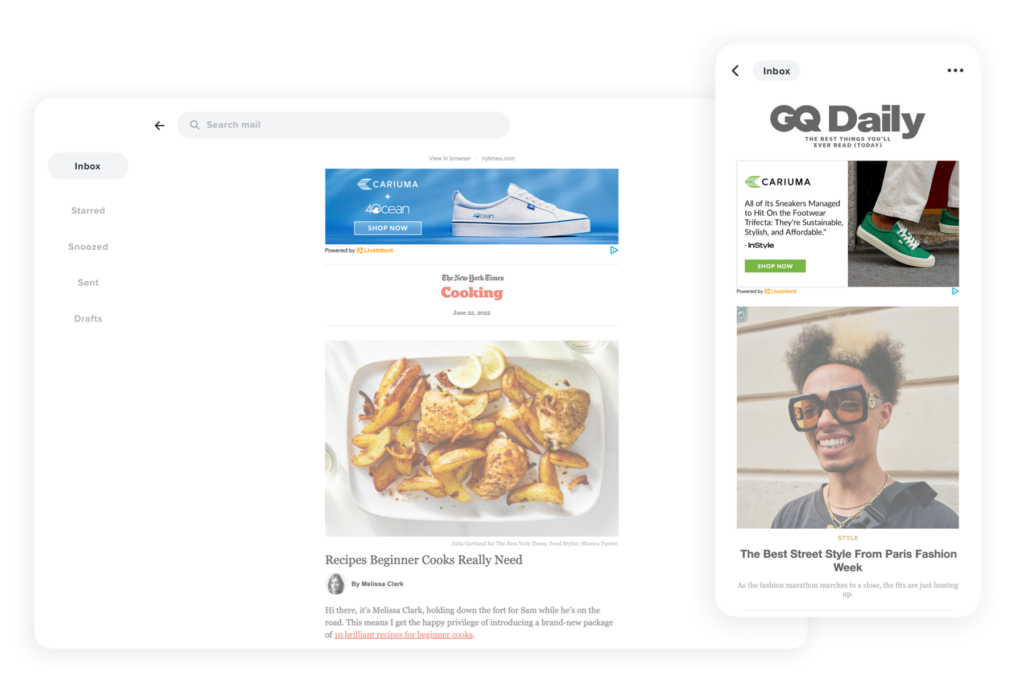
How can brand awareness campaigns help my D2C business?
So, what happened with all that leftover toasted oat cereal in your box from earlier? By focusing too heavily on the marshmallows (people ready to convert now), you’ve neglected the toasted oat cereal (everyone else). And just because they’re not marshmallows doesn’t mean they can’t become a sweet tasty treat later (a customer).
Performance marketing can drive you to neglect those who’ve not yet indicated intent at the top and middle of the marketing funnel by concentrating solely on customer acquisition or the bottom of the funnel. It’s crucial that D2C businesses avoid tunnel vision, focusing too heavily on achieving immediate results without thinking about building a pipeline of future customers.
Instead, consider adding ingredients to your toasted oat cereal to turn them into something that can satisfy that sweet tooth (cereal bars, anyone?). In other words, marketers can use brand awareness campaigns combined with performance marketing to nurture prospects and convert customers over the short and long term. With brand awareness campaigns, D2C businesses can ensure they’re engaging a broader audience, creating brand recognition, and establishing brand affinity.
Remember: Just because someone isn’t in the market for your product or service today doesn’t mean they won’t be tomorrow. They may not even realize they need your product or service in the first place. With brand awareness campaigns, you can gradually create leads and build a pipeline that helps sustain your business over the long term.
Getting started doesn’t have to be back-breaking. With email newsletters, you can start building brand awareness while diversifying your marketing channels.
As we learned, driving brand awareness helps cast a wider customer net. And, with more than 4.1 billion email users, you can rest assured that email can help you do just that. Furthermore, with partners like LiveIntent, you can up the ante on your campaigns with native and display ads.
How native and display ads can help drive brand awareness and customer acquisition
Native ads match the look, feel, and function of their environment. Since they naturally fit into their surroundings, capturing an audience’s attention right where they’re most engaged, and reading is easier. In addition, because native ads have an editorial quality, they’re great for driving audiences to content that provides education and information on the benefits and use of your products — exactly what you need for building brand awareness and affinity.
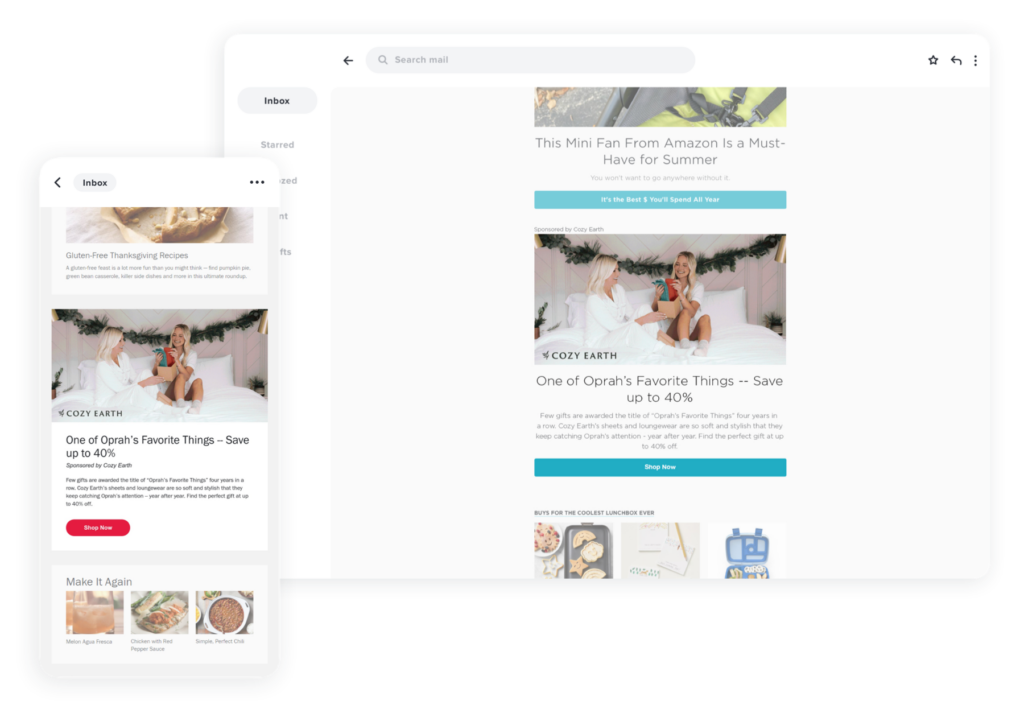
With LiveIntent’s Native Curated packages, you can promote your brand with vertically-aligned sponsored content packages. This helps you reach audiences — who’d be most interested in your company, brand, and offerings — in relevant newsletters to help drive them to your site. Then you can retarget those website visitors with display ads in email or on the web with ad copy that helps drive customer acquisition. Once a person is more familiar with your brand, display ads are more likely to be seen and not fall victim to banner blindness. Moreover, you can run customer acquisition campaigns to target audiences further down the funnel while running brand awareness campaigns to drive conversions while getting your brand out there.
If you’d like to learn more about how Native Curated Packages and display ads can help you drive growth, contact us.

